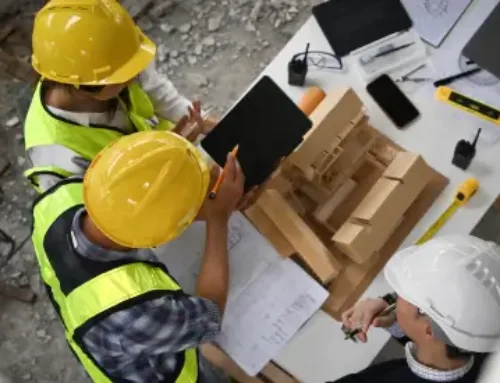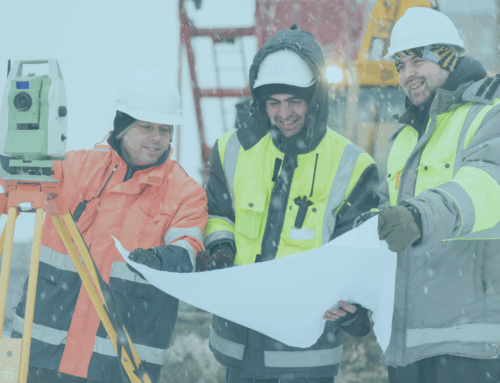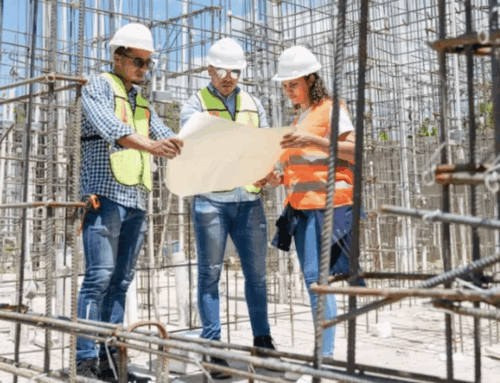The construction and engineering industries continue to face a critical challenge: a growing skilled labor shortage. The $1.2 trillion U.S. non-residential construction sector is projected to be short 250,000–500,000 workers in the coming years. At the same time, women represent roughly half of the U.S. workforce, yet make up only 26.3% of architecture and engineering roles and 11% of construction positions. Recruiting and retaining women is more than a matter of equity—it’s a strategic solution to filling these gaps and strengthening teams.
Why Women in AEC Matter
Bringing more women into construction and engineering teams benefits organizations on multiple levels:
- Cognitive diversity enhances innovation, promotes faster problem-solving, and reduces risk on complex projects.
- Collaboration improves as the number of women in a group increases.
- Financial performance rises: companies with diverse executive teams consistently outperform their peers.
In short, women’s participation isn’t just good for representation, it’s good for business.
Despite these benefits, women still face barriers in AEC, including cultural stereotypes, a lack of role models, and workplace bias. High turnover and limited advancement opportunities further compound the issue. Closing this gap means creating environments where women can thrive, contribute fully, and advance professionally.
Strategies to Attract Women
Organizations can take proactive steps to bring more women into the industry:
- Outreach and recruitment programs such as internships, scholarships, and school initiatives.
- Highlighting inclusive workplace culture, flexible policies, and career growth opportunities.
- Mentorship programs connecting students and early-career professionals with experienced leaders.
Strategies to Retain Women
Retention requires a thoughtful approach to ensure women thrive long-term:
- Mentorship and sponsorship programs to guide career progression.
- Leadership development pathways that provide clear advancement opportunities.
- Inclusive policies like flexible schedules, parental leave, and supportive workplace practices.
- Recognition and visibility of contributions to reinforce belonging and value.
A long-term solution requires industry-wide cultural change. Organizations can address unconscious bias through training and awareness programs and encourage male allies to actively support diversity initiatives. Creating networks and communities for women in AEC fosters peer support, mentorship, and knowledge sharing. These efforts combine to build workplaces where women can thrive—and the whole industry can benefit.
Recruiting and retaining women in construction and engineering fills critical skill gaps, strengthens collaboration, and drives better business outcomes. By investing in mentorship, inclusive policies, and culture change, organizations can create a workforce that reflects both talent and opportunity.
The future of construction and engineering depends on embracing diversity—making space for women is not just the right thing to do, it’s essential for the industry’s growth and success.






